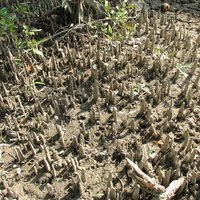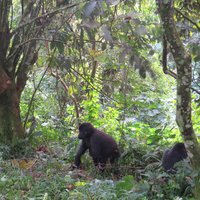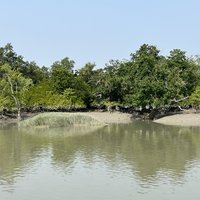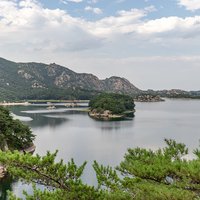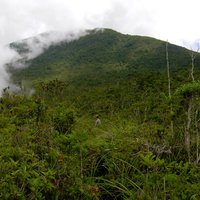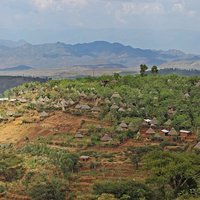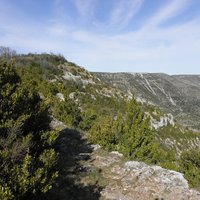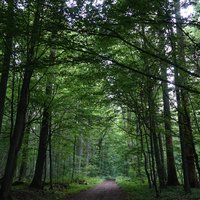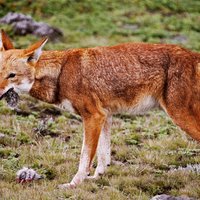Connected Sites
-
Honey and wax collectors enter the Sundarbans to access nests and collect these non timber forest products, with permits from the Forest Department (IUCN Outlook 2017)
-
"Non-timber forest produce, notably honey, medicinal plants and basketry materials, make an important contribution to local livelihoods and these products may now be taken from designated zones under the terms of community-use" (IUCN Outlook 2020)
See www.bwindi.org
-
"Collection of honey in the forest during the summer months by villagers residing in the border areas of Bangladesh and local Indian villagers has been identified as a major threat (Mathur et al., 2019). An increasing number of people entering the forest has indirectly also led to increased human-animal conflict. It has been reported that in some cases, when honey collectors attempt to expel bees from nests with smoke, fire has spread and destroyed large areas of forest" (IUCN Outlook 2020)
-
"Management problems include poaching using both traditional and modern methods, local population pressure, fire and destruction of habitat by tree cutting for firewood and by honey gatherers." (AB ev)
-
"Although some traditional land use practices are briefly mentioned (such as agriculture, honey collection, medicinal herbs and mineral water), ICOMOS does not consider that this is represented within the nominated property in an exceptional way." - AB Evaluation - Account of Isabella Bird 1894 "There I had to eat a second ethereal meal, and the hospitable hostess forced on me a pot of exquisite honey and a bag of pine nuts. The honey is also locally produced. The beehives, which usually stand two together in cavities in the rocks." - published in 'Korea and her Neighbours', a narrative of travel, with an account of the vicissitudes and position of the country Chapter 11 Diamond Mountain Monasteries Pg. 133 - 149
See www.gutenberg.org
-
"...while Mount Hamiguitan in the Philippines is benefiting from beekeeping as a sustainable income and environmental protection measure" (The Manila Times)
See growthfeatures.com
-
"There is a tradition of constructing houses on a single log of tree in these towns. These houses are called Lokutatokide. They often serve to store precious items such as butter, honey, and important cultural and ritual objects." (nom file) and from the linked web site "They are also renowned bee-keepers; the bees produce acacia honey, which is also exported to Europe"
See www.passionethiopiatours.com
-
"Ces landes ont un intérêt paysager indéniable. Elles sont également importantes pour l’apiculture : en effet, la callune et la bruyère sont des espèces mellifères très recherchées pour la production du miel des Cévennes." (nom file)
-
"Several non-timber forest products are used from the site (UNEP-WCMC, 2011) and this use might be expanded. The annual value of mushrooms and honey extracted from the Polish part of Bialowieza Forest has been estimated at €180,000 and €100,000 respectively" (IUCN Outlook 2020)
-
Although not dwelling there permanently, honey gatherers have been active in the Harenna Forest for a long time and continue to do so. (nom file)
See balemountains.org

